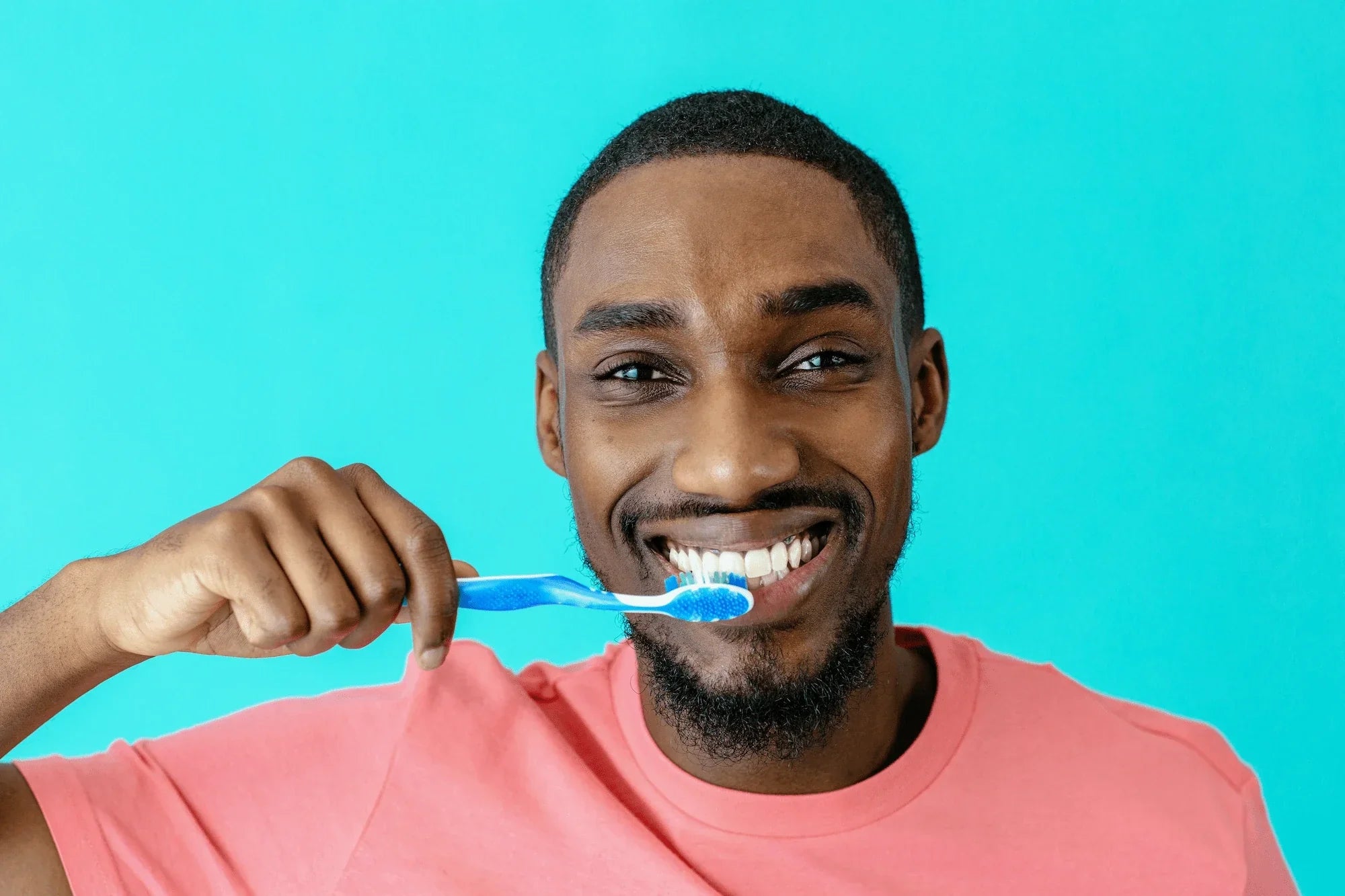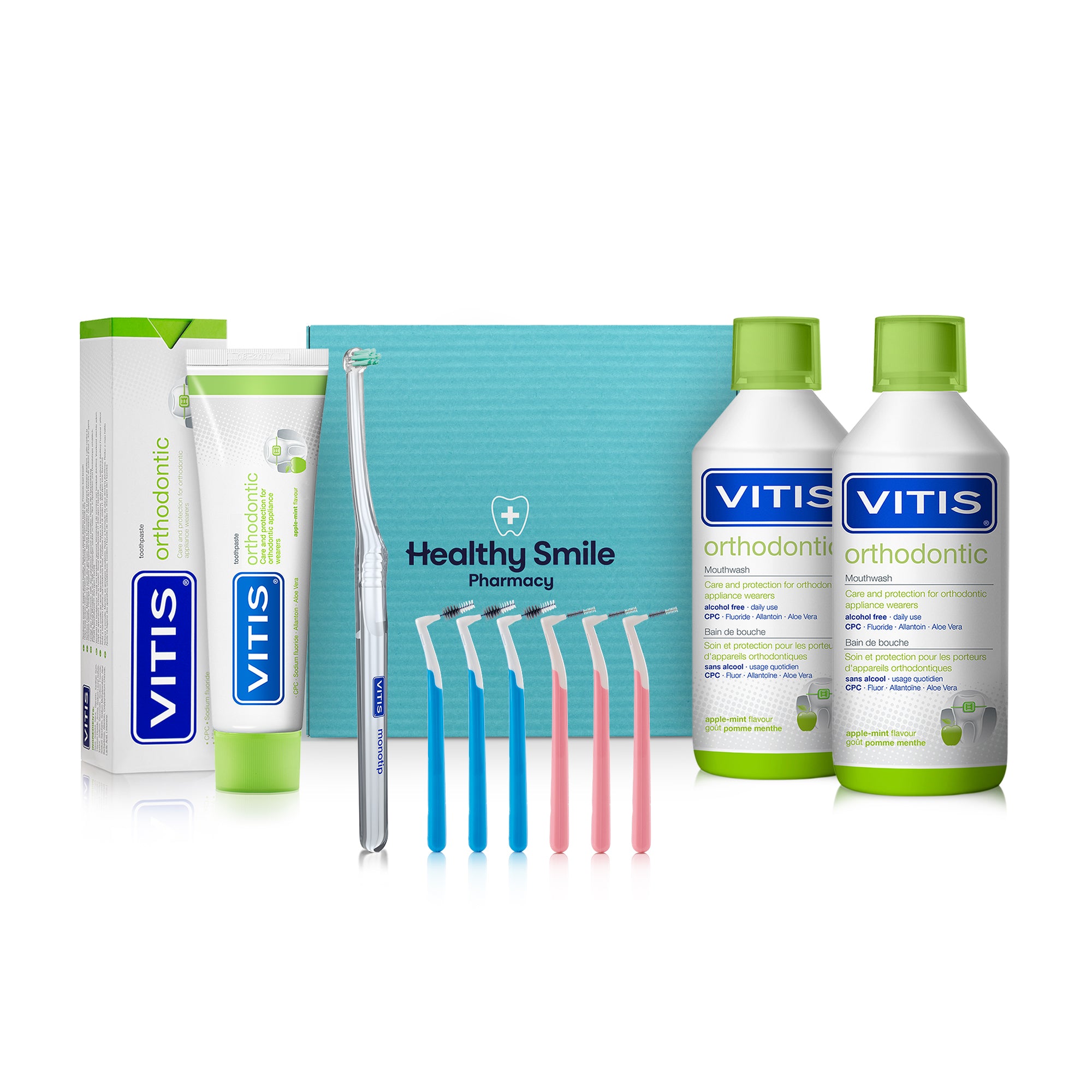Day & night relief from dry mouth! Let XyliMelts moisturise and bring relief to your dry mouth! Shop Now

Why do some people get the urge to fiddle with their aligners?
Fiddling or Meddling with Your Aligners is a Habit that Can be Broken
Aligners, Interrupted
Once you’re seated in your aligners, the goal is to wear them, clean them and get to the finish line for a smile to celebrate.
Sounds simple, right? But what about those of us who develop a ‘mental itch’ when it comes to our aligners - an instinctive urge to repetitively fiddle with, remove, reseat or chew our aligners?
And with research into the effects of wearing aligners on our physical behaviour also encompassing measures for our thinking patterns like ‘anxiety, stress, catastrophising, hypervigilance’, as well as ‘facial pain’, there’s clear potential wearing aligners might cause us to think differently and have unhelpful physical responses to our treatment.
Aligner fiddling is a repetitive behaviour that, if not controlled, may end up sabotaging the timescale and success of our treatment. It’s important then, that these behaviours become part of the discussion for aligners wearers.
Luckily, there are lots of things we can do to understand the ‘meddle’ drive and help ease the urge and calm the ‘itch’.

Why do some people get an urge to fiddle with our aligners?
We’ve got solutions, but first let’s explore:
Stress relief? Sensory seeking? Perfectionism? Habit? Yes - these factors play their part.
Aligners create constant sensations - tightness, pressure, a soft suction click - and our brains are designed to notice change. The result can be a loop of micro-checking: Is the aligner seated right? Should I take it out just once more?
This cycle often mirrors the psychology behind body-focused repetitive behaviours (BFRBs) like nail biting or skin picking. Your aligner becomes a trigger for repetitive behaviour and, ironically, it can also provide temporary comfort from the habit.

When it comes to aligners, why does the sensing brain say, take them out?
Your brain follows one rule above all: sense first, think later.
When something new occupies your mouth, like a clear tray hugging your teeth, the sensing brain flags it as unfamiliar. Its instinct is to protect you by encouraging you to eject the ‘foreign body’. It’s a primal survival behaviour that’s kept humans safe for millions of years. The sensing brain is survival brain.
The news headline: Survival brain doesn't understand the modern world
When you’re wearing aligners, survival brain’s job is to work out, what the heck is this? Its default position is to label everything new a ‘threat’ - erring on the safe side. Useful millions of years ago, not so useful when we insert the next tray in our series of the wonders of modern orthodontics!
Your brain’s CEO, your neo cortex, the calm thinker, has the job of silencing the alarm bells – after all, this is not an alien invasion! But the CEO doesn’t always turn the alarm down sufficiently.
A quick solution: Use Xylimelts to moisturise your mouth. Why? Our brains struggle to process conflicting sensory information simultaneously. It’s one of the reasons we rub areas that we’ve just banged, to befuddle our brains!
Xylimelts are an oasis in your mouth and provide an alternative stimulation for your brain to turn the volume down on other sensations. They’ll also help with the mouth dryness that aligners can cause and make your mouth generally more comfortable as a result.

Ditch the self-blame and be forgiving with your brain’s reaction to your aligners:
If you catch yourself chewing, clicking, or constantly taking your aligners out, it’s not a sign of weakness - it’s biology. It can also be a need for control, that one bubble that you can’t dispel when you seat your aligners can remind you that you don’t quite have full control over your mouth.
- About 1 in 5 people are genetically highly sensitive to stimuli. They could experience extr-aligners!
- Some neurodiversity may mean sensory experiences can be amplified
- Everyone’s brain senses for threat first – it's a superpower, not a fault! We need to support our thinking brain to get used to our aligners
Understanding these factors helps you respond with self-compassion instead of guilt - which, ironically, reduces the meddle urge faster than self-criticism ever could.

Stress, control, and the aligner paradox
Aligner treatment promises predictable tooth movement. But that control can mean we begin to rely on our aligners for stress relief.
When life feels chaotic with deadlines, uncertainty, pressure, that incident with Wendy at the water fountain, aligners can become a focus for tension relief. Removing them, cleaning them excessively, or biting them offers a flash of escape and reassurance.
But every repetition strengthens the habit loop. Soon, aligner anxiety replaces calm progress. We need to find other outlets for our stress.
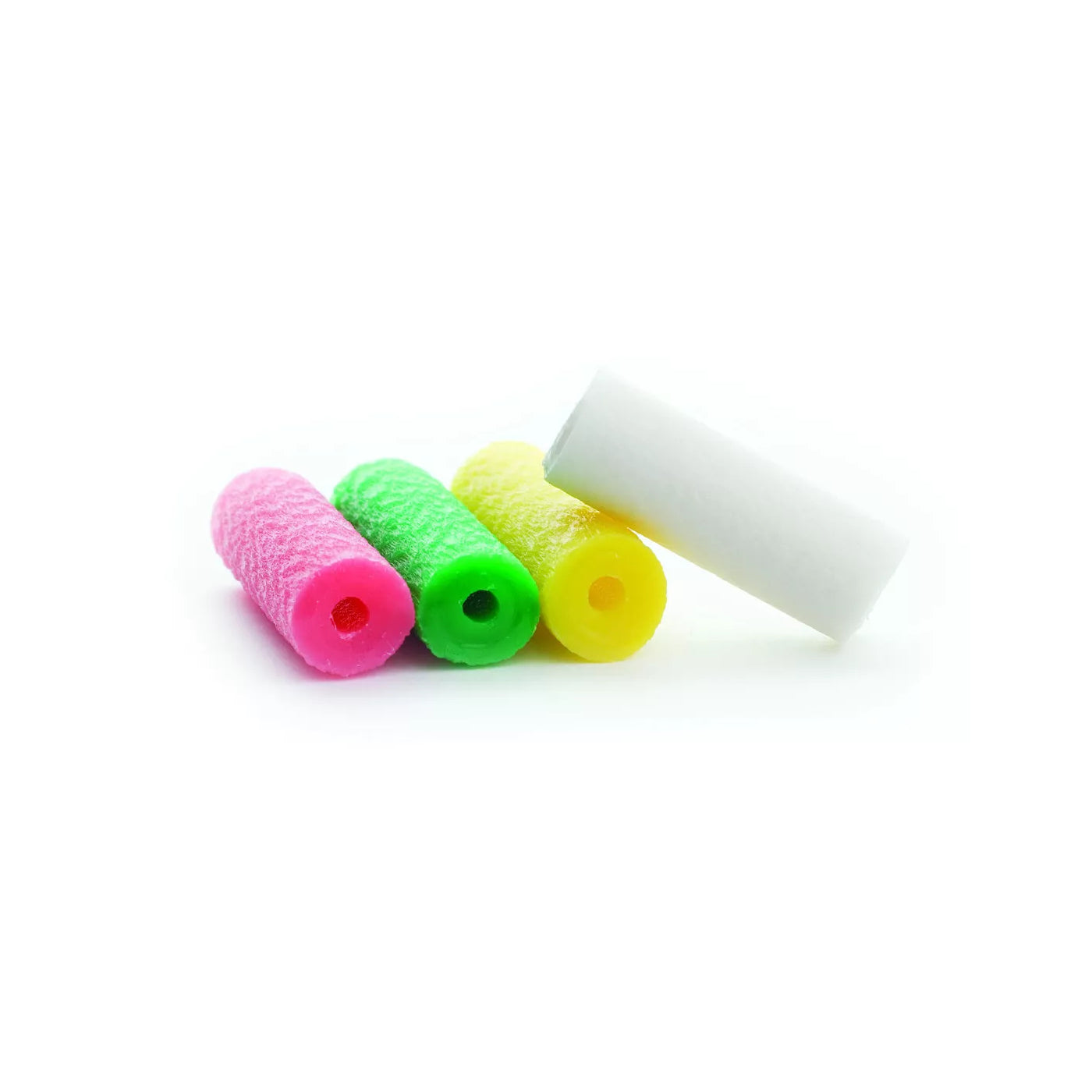
Solution one: Give your brain safe ‘fix it’ behaviours
If your tongue or fingers keep testing for movement, use an aligner chewie instead. A few minutes of chewing seats the trays properly and satisfies that ‘must fix’ impulse.
- Use chewies for 5–10 minutes, three or four times a day
- Replace them regularly for hygiene and to ensure the chewie’s integrity
If chewing your aligners is a habit, this can be the perfect halfway house between relief and control.
Keep your fingers busy elsewhere, even small distractions can help. It’s all you’ve ever dreamed of - permission to play with a fidget spinner at work without fear of reprisals. HR Claire will just have to put her forms back in her filing cabinet!
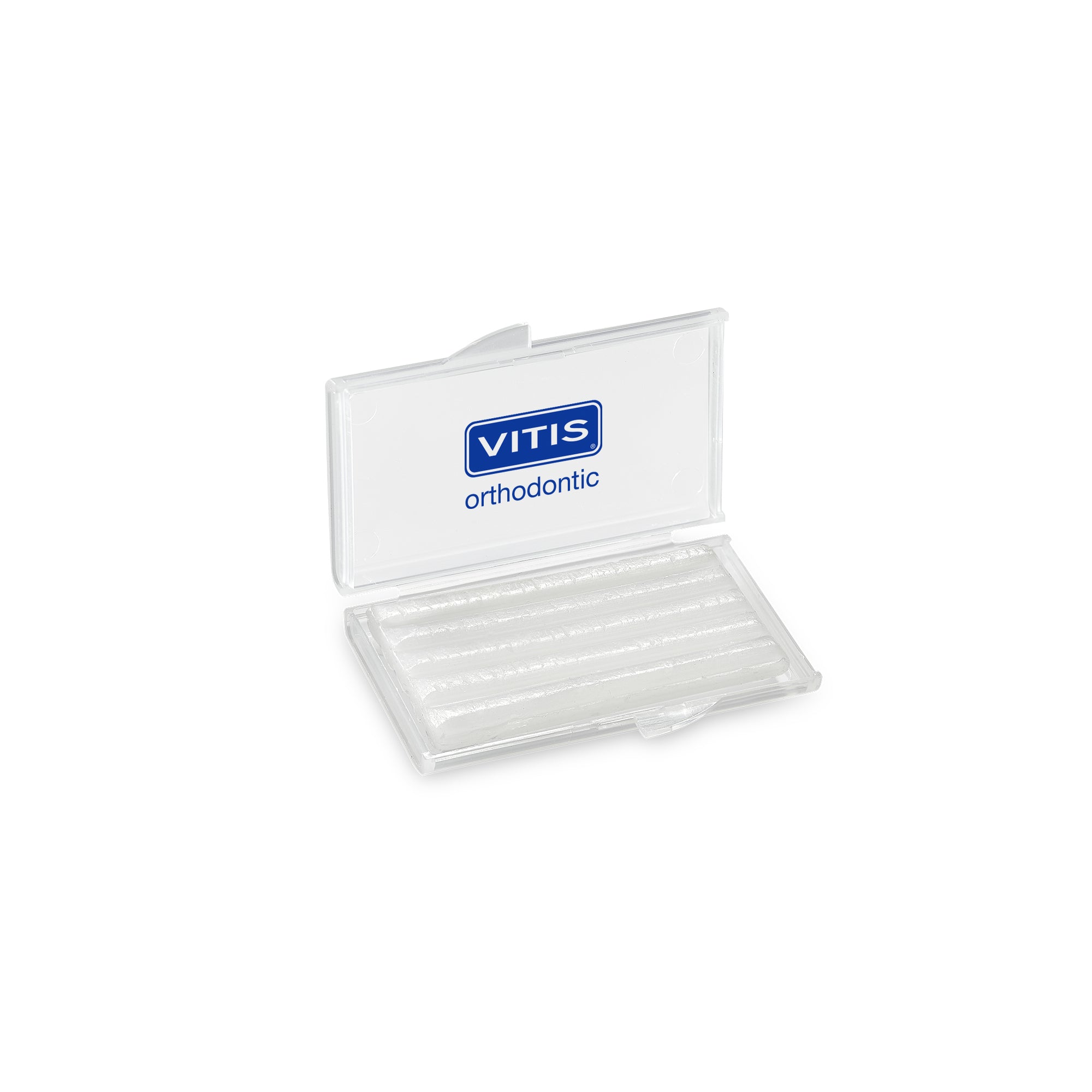
Solution two: Smooth the irritations
Even a small rough edge can convince your brain something’s wrong. Use VITIS Orthodontic Wax to dull rough patches on aligners that spark your sensing brain’s curiosity.
Soften the wax between your fingers and apply to your aligner. Think Play-Doh! Your brain’s less likely to register a ‘foreign’ feeling; you can get on with your day.
Calming physical triggers can prevent igniting the psychological aligner meddling.
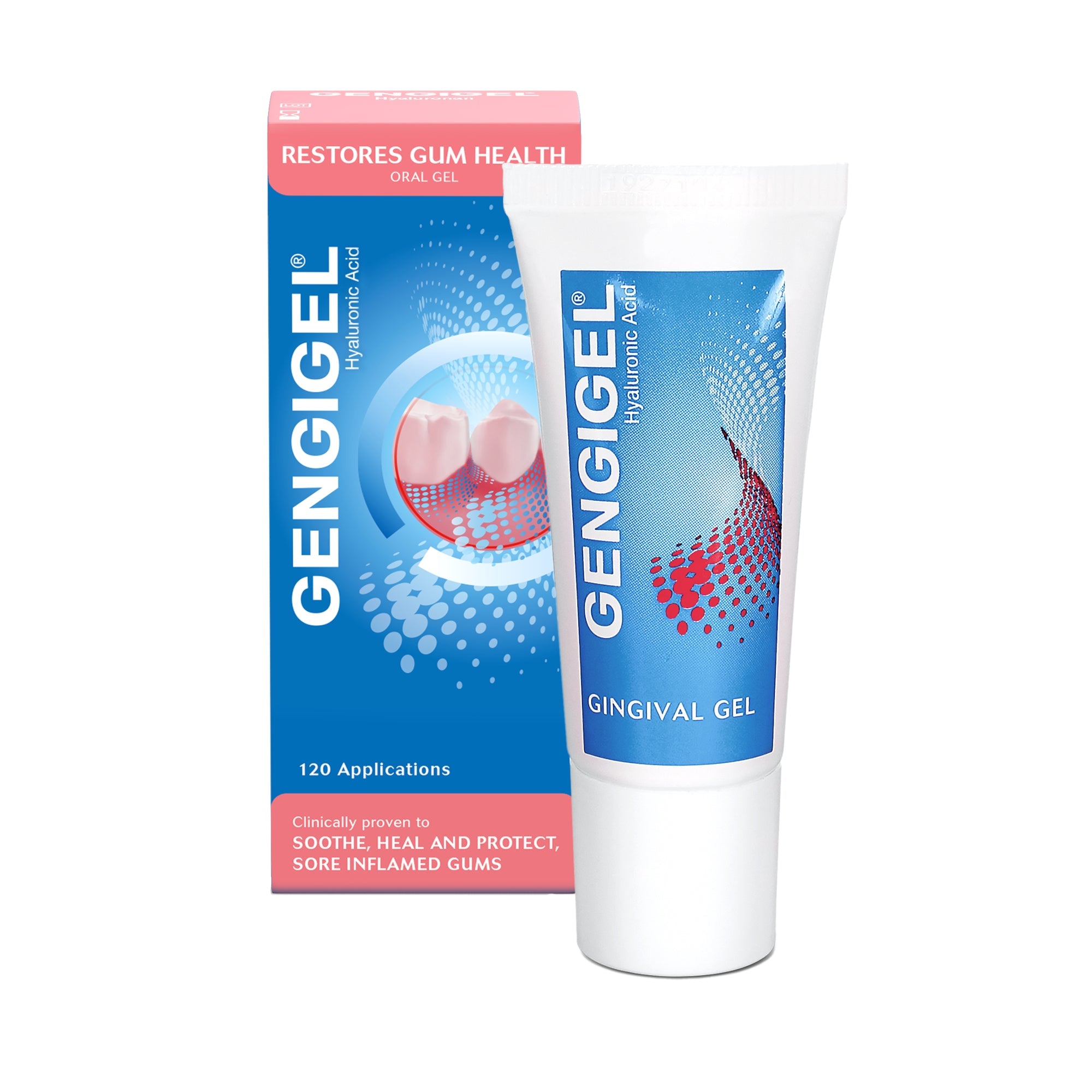
Solution three: Squash soft tissue discomfort fast
If the ‘everyday’ sensations of your aligners ignite your sensing brain’s urge to have a tussle with your treatment, then sore gums and inner cheeks only fan the flames.
Use Gengigel: The Pink One as its hyaluronic acid accelerates wound healing. The key is to turn the volume down on what’s going on in your mouth as far as possible.

Solution four: Medical grade products specialising in orthodontic care
Did you know that many high street mouthwashes contain alcohol that can dry your mouth which makes oral tissues more vulnerable to aligner irritation? These products might flare up your aligner ‘itch scratch’ cycle.
Using specialist products helps protect tissues. VITIS Orthodontic Mouthwash and Toothpaste don’t contain alcohol but do contain two ingredients to support oral tissues so that you feel generally more comfortable in your aligners. Allantoin supports tissue regeneration and aloe vera helps heal minor lesions.
Solution five: Share don’t hide
If you’re stuck in a pattern of over-checking, cleaning, or repeatedly removing aligners, tell your orthodontist. They’ve seen this before - it’s part of the psychology of aligner treatment.
They might recommend Habit Reversal Therapy - a short behavioural program often used for nail biting or skin picking which now also helps patients stop aligner fiddling and related habits.
Your orthodontic team want your treatment to be a success. They understand that your oral health is likely to be improved for a lifetime if your treatment is successful. A few adaptations to your oral health routine can make all the difference to your willpower.
Further reading
This website is helpful in understanding Body Focussed Repetitive Behaviours
